Push notifications are a widely adopted solution in the digital publishing industry. D2C brands, who typically don’t have a dedicated internal marketing team for digital publishing, rely on push notifications to drive engagement. They are the perfect way for D2C brands to establish a meaningful connection with their audience and further the conversation about their brand. This article will discuss how D2Cs should leverage push notifications on their mobile apps, including considerations such as timing and format.
Push notifications show up in your mobile app when you get within close proximity of an object or person that has sent one.
The main idea of direct to consumer
The main idea of direct-to-consumer brands is that they want to provide a personal, direct experience of the product. Push notifications are an effective way for brands to engage with consumers and inform them about new events. This can be used during the entire buying process, or to drive engagement and loyalty throughout a person’s lifetime with the brand. Push notifications can also serve as a quick call-to-action for unexpected moments such as an offer or even just a brand update.
D2C and Mobile Apps
D2C and Mobile Apps. It is a growing trend, and one that will only continue to grow as more brands turn their attention toward these channels. A recent study from the NPD Group showed that spending on mobile apps increased by 41% in 2016, which is expected to reach $60 billion by 2020. D2C brands are using this channel to re-engage with potential customers, helping them personalize the experience with personalized push notifications over time.
How can apps enhance your D2C business?
Technology is always evolving, and it’s becoming more and more valuable to have this type of app on your website. For example, the fact that you can book a car in a few quick taps when your customers are looking to get around without hassle or having to call or email is significant. You may also find an app like Car Locator that will help increase conversions with conversions. Additionally, you might need an app that helps with customer care by letting them chat through text messaging or call their service team.
Push notifications
A message that pops up on a mobile device is known as a push notification. Users don’t need to be using their devices or the app in order to receive them; app producers can send them at any time. They can perform a variety of tasks, such as displaying the most recent sports results, encouraging users to download coupons, or informing them of events like flash sales.
The users who have downloaded your app can receive push notifications, which resemble SMS text messages and smartphone alerts. Push notifications are supported by all mobile operating systems, including iOS, Android, Fire OS, Windows, and BlackBerry.
Future of Push Notifications
In the future, users will have complete control, which is obvious. Push notifications and other features were never intended to be invasive. But only one essential quality—relevancy—can make that happen. With the subject we pursue, we don’t mind being prodded. To start, that is the fundamental tenet of the content business.
Marketers should produce material that is interesting and relevant to their audience. It is a natural turnoff when unrelated content is inadvertently presented to us as an audience. Because of this, platforms work to ensure this. Therefore, it is the responsibility of creators to think about their audience. They will appreciate it if you provide them with pertinent information.
Marketers ought to interact with users ethically. They should strive to interact with them promptly and concentrate on lengthening user lifetimes rather than spamming them. It’s important to remember that content is king. Since content creation as a company started, the rules have remained constant. The main objective has always been to draw audiences with engaging material. And that’ll still apply as the ground rules. Notifications are merely the message’s carriers, not the content.
Business Verticals and Push notifications
Push notifications have a well-deserved reputation for being very successful. However, this does not imply that you must apply them to every offer. In actuality, push advertisements to work best when paired with deals from particular verticals.
The effectiveness of push marketing alerts completely depends on the goals and target market of the company in an era where context and personalization are crucial to attracting and keeping clients. A push notification is intended to provide users with immediate information about something they are or might be interested in.
Here are some uses for push notifications in various business verticals:
- Increasing customer interaction will help retention rates
- Maintain a consistent presence in the customer’s mind
- Instantly disseminate news, offers, and promotions
- Automate internal procedures such as engagement
The following are just a few of the industries that benefit most from push notifications:
Travel & Leisure
Push notifications always perform well in the travel and other leisure-related industries, as a general rule.
Consumers in these markets are frequently quite wealthy and continuously on the lookout for new gear, accessories, or other items that would make their travels simpler. Affiliates can utilize push notifications to generate captivating advertisements that pique users’ interests and aid in their daily product discovery.
Health, Wellness, and Nutraceuticals
When paired with push campaigns, health, wellness, and nutraceutical offer rank among the greatest performers. Affiliates have long been drawn to the health and wellness sector, and push advertising now enables marketers to communicate with customers without raising any red flags or making them uncomfortable.
Hobbies and outdoor activities
Outdoor pursuits and hobbies including sports, gardening, and woodworking are excellent for push campaigns even if some people classify them as subcategories of travel and leisure. Additionally, you may display eye-catching creatives, employ rich push notifications, and graphically emphasize the advantages of the product you’re marketing.
Luxury items, retail, and fashion
Working in sectors that give more fees per sale is preferred by many affiliates. The good news is that push notifications can be utilized to create excellent campaigns in high-stakes verticals as well because they are so adaptable.
Push alerts typically pair quite well with jewelry, clothing, and high-end accessories like pricey watches. Having said that, keep in mind that since their conversion rates won’t be as high, these campaigns must have distinct objectives.
Gaming and Technology
Push campaigns are a great way for affiliates to participate in the billion-dollar-a-year gaming and technology sectors.
Gamers never stop playing, so they are constantly shopping for new platforms and video games. The same is true for technology, as customers constantly seek the latest cutting-edge gadgets. Hence, both of these segments continue to expand at a consistent rate.
Geo-push and advanced segmentation
The main goal of location-based marketing is to attract mobile users. 1,000 smartphone users participated in a push notification poll by Localytics, and the results showed that 49% of respondents stated they would use an app more frequently if it provided them push alerts based on their chosen hometown. When push notifications were prompted by their current location, 42% of respondents said the same.
This suggests that people are not very concerned about their privacy while utilizing location tracking for mobile messaging. Location-based messaging is luring people to apps rather than repelling them. Even for merchants, it is bridging the divide between the physical and digital worlds.
Within a single marketing campaign, you can choose to target a single place or a number of locations. Locations can range in size from a few businesses to a bustling city.
Apply geofencing: Using longitude and latitude, a geofence is a radial area created around a certain spot. A brand can start a marketing message when a user enters or leaves a geofence. When a user enters or leaves a geofence, a brand can use the “location services” provided by the maker of their mobile device.
Employ beacons: Beacons do not use latitudinal and longitudinal coordinates. Instead, they make use of signal-emitting technology. A location-based message may be sent when a user’s phone recognizes this signal.
Use stated preferences: By including a location section in the app’s settings, an app can offer users information tailored to their residence or other points of interest. The user does not need to be in a certain area to get messages about the locations they care about, unlike geofences and beacons.
Push notifications are a fantastic way to provide value to your customers, strengthen brand loyalty, and increase revenue. By tailoring your communications depending on user information, you can keep your clients interested and your content up-to-date.
Appmaker Push Notifications
You can engage your customers using app push notifications from Appmaker. This will enable you to draw their attention with fresh offers, bargains, product introductions, and more. Based on your objectives, you can use Appmaker to create tailored marketing for each consumer segment.
Examples of Push Notifications




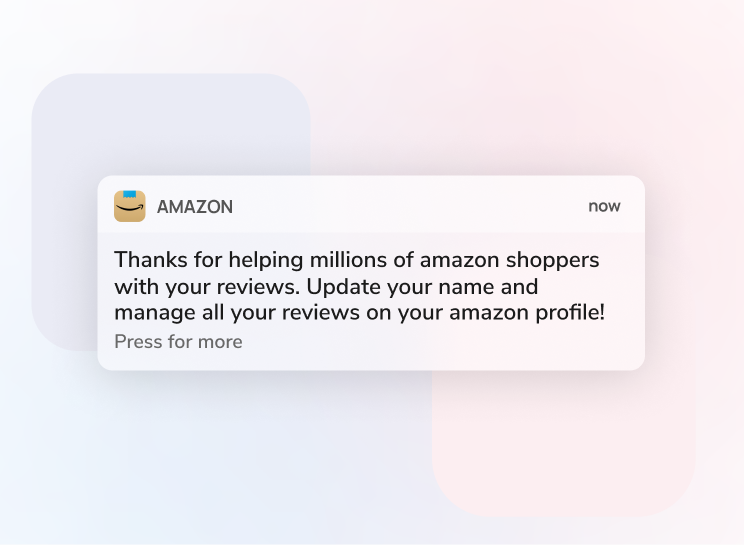








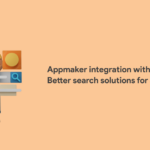
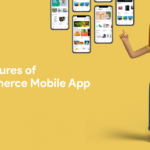
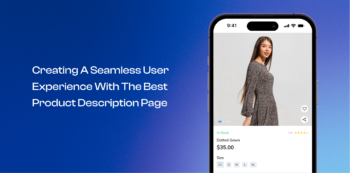
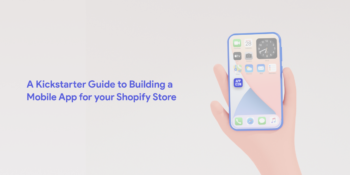
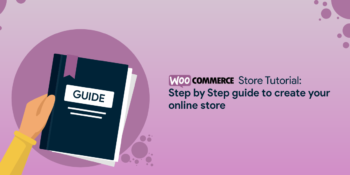
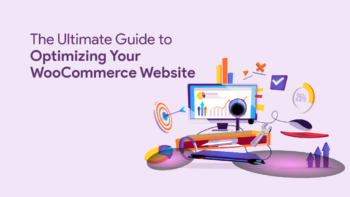
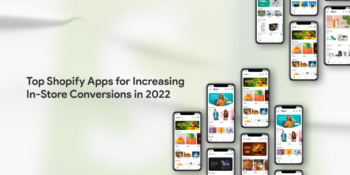


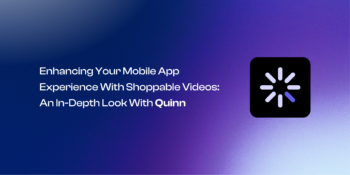
No Comments
Leave a comment Cancel